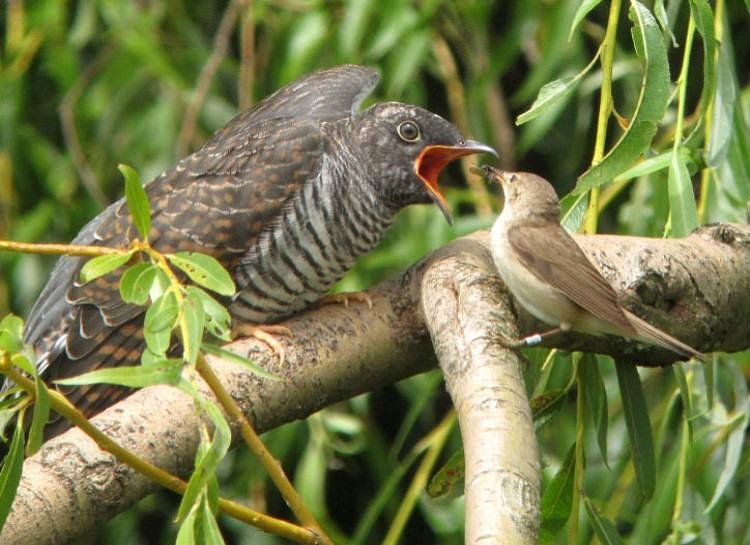Kakamega Forest National Reserve
Kakamega Forest National Reserve, located in western Kenya, is a breathtaking tropical rainforest renowned for its rich biodiversity and stunning natural beauty. Covering approximately 240 square kilometers (93 square miles), it is the only remnant of the once vast Guineo-Congolian rainforest that extended across Africa. Established in 1933, this reserve is characterized by its lush vegetation, towering trees, and a vibrant ecosystem that supports a myriad of plant and animal species. Kakamega Forest serves as a vital water catchment area, providing essential resources for surrounding communities and playing a crucial role in the region’s ecological health.
Wildlife in Kakamega Forest national Reserve
Kakamega Forest is home to a remarkable variety of wildlife, making it a significant conservation area in Kenya. The reserve boasts over 400 species of butterflies, 300 species of birds, and a variety of mammals, reptiles, and amphibians. Notable wildlife includes the blue monkey, black-and-white colobus monkey, and the elusive bush pig. Additionally, the forest is home to several species of duikers, bushbucks, and various small mammals. The diverse habitats within the reserve provide critical refuge for many species, some of which are endemic to the area, highlighting the ecological importance of Kakamega Forest.
Birds in Kakamega Forest National Reserve
Kakamega Forest is a birdwatcher’s paradise, attracting ornithologists and nature enthusiasts alike. With more than 300 bird species recorded, the reserve is particularly famous for its unique avifauna. Notable birds include the Great Blue Turaco, African Grey Parrot, and Red-headed Malimbe. The forest’s varied habitats, including dense undergrowth, canopy layers, and clearings, support a wide range of bird species. Early morning walks and guided birdwatching tours provide excellent opportunities to spot both resident and migratory species, making Kakamega a top destination for bird enthusiasts year-round.
Weather and Climate
Kakamega Forest experiences a tropical climate characterized by high humidity and frequent rainfall. The average temperature ranges from 14°C to 27°C (57°F to 81°F), with cooler conditions in the higher elevations. The rainy seasons typically occur from March to May and October to December, with average annual rainfall exceeding 1,500 millimeters (59 inches). During the wet seasons, the forest comes alive with vibrant greenery and flourishing wildlife, making it an excellent time for exploration. Visitors should prepare for the occasional heavy rain, especially during these months, and carry appropriate rain gear to ensure a comfortable experience.
Getting To Kakamega Forest national Reserve
Kakamega Forest National Reserve is easily accessible from major cities in western Kenya. The reserve is located about 50 kilometers (31 miles) from the town of Kakamega and approximately 300 kilometers (186 miles) from Nairobi. Visitors can reach the reserve by road using private vehicles or public transportation. Buses and matatus (shared taxis) operate from Nairobi and other nearby towns, offering affordable travel options. The nearest town, Kakamega, serves as a convenient base for accommodation and amenities, making it easy for travelers to explore the forest.
Safety and Vaccination
While Kakamega Forest National Reserve is generally considered safe for visitors, it is essential to take standard safety precautions. Staying with a guide, especially when exploring the forest trails, is advisable to enhance safety and ensure a richer understanding of the forest’s ecology. In terms of health precautions, travelers should consult with their healthcare providers regarding necessary vaccinations before visiting Kenya. Recommended vaccinations may include yellow fever, hepatitis A, and typhoid. Malaria is prevalent in the area, so travelers should consider taking antimalarial medication and use mosquito repellents to minimize risk.
Activities To Do in Kakamega Forest National Reserve
Kakamega Forest National Reserve offers a range of activities for visitors looking to immerse themselves in its natural beauty and vibrant ecosystem. Some popular activities include:
- Guided Nature Walks: Explore the forest on foot with knowledgeable guides who can provide insights into the flora and fauna.
- Birdwatching: Take advantage of the diverse bird species by engaging in birdwatching tours, especially during early mornings.
- Butterfly Watching: The reserve is home to numerous butterfly species, making it a delightful destination for butterfly enthusiasts.
- Photography: Capture the stunning landscapes, diverse wildlife, and vibrant flora, providing perfect opportunities for both amateur and professional photographers.
- Community Visits: Engage with local communities surrounding the forest to learn about their culture, traditions, and efforts to conserve the environment.
- Research Opportunities: For those interested in ecological studies, Kakamega Forest provides opportunities for research and conservation efforts, contributing to the ongoing preservation of this unique ecosystem.
- Camping: Spend a night under the stars in designated camping areas, allowing for a deeper connection with nature and the sounds of the forest.
These activities, combined with the forest’s breathtaking scenery and rich biodiversity, make Kakamega Forest National Reserve an ideal destination for nature lovers and adventure seekers.
Park Rules
To protect the delicate ecosystem of Kakamega Forest, visitors are expected to adhere to specific park rules. It is essential to stay on marked trails to avoid damaging vegetation and disturbing wildlife. Feeding animals is strictly prohibited, as it can alter their natural behavior and disrupt the ecosystem. Noise should be kept to a minimum to maintain the tranquility of the forest and ensure a respectful atmosphere for both wildlife and fellow visitors. Visitors are encouraged to carry out all litter and dispose of waste responsibly, helping to preserve the park’s natural beauty for future generations.

